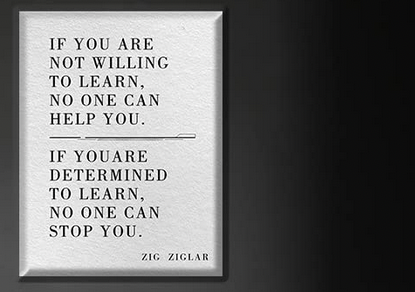A Problem Worth Solving
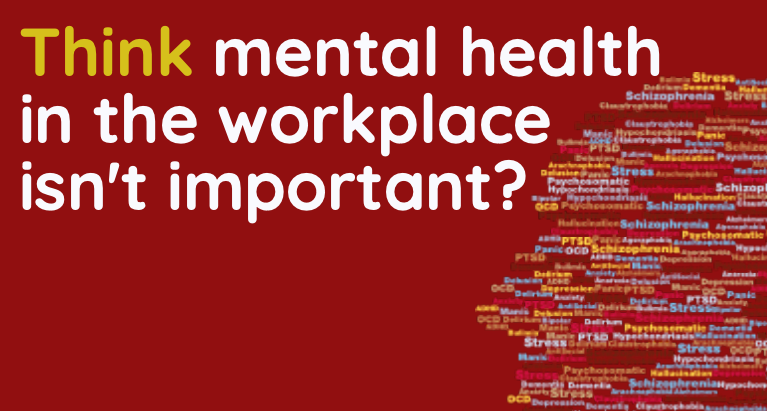
Mental health is a taboo subject that has historically been a heavy burden for individuals to publicize. According to the World Health Organization, approximately 450 million people worldwide are battling a form of mental wellness. Of those 450 million, nine out of ten people acknowledge that they face stigma and discrimination because of their mental health problems (Baker, 2019). Telling stat, isn't it? So what does that have to do with people in the workplace? Well, those 450 million people work, don't they? If you think for a second that mental wellness does not seep into the workplace, then you're not watching the tides of this subject rising. However, just because the tides are rising doesn't mean it's being addressed, because frankly, it's not.
Factors affecting mental health in the workplace have historically been influenced by pressures common to the workplace (e.g. market competition, project deadlines, market disruptions, workplace politics, and fiscal restraints). These pressures continue to impact productivity. From 2006 to 2016, average healthcare spending increased nearly $7,000 from $11,480 to $18,142, impacting domestic earnings by $193 billion accounting for 400 million work days lost.
So what's got to change? Well, for starters - a lot. If the workplace is really subject to change, then change has to be an objective from the top down. In a 2023 study regarding Company Culture in Leadership and Engagement, only 28% of executives understand their company’s culture and yet every day you read about every company touting a great company culture.
It's never easy talking about mental wellness, let alone telling someone about mental health in a private setting, to a family member, or even health practitioners. We have to evangelize and enable, for as long as the workplace has been around, the perception to publicize mental health in the workplace often carried a negative stigma with it, but it doesn't need to. Don't believe me? Then why is it that even though nearly all (98 percent) of mid to large domestic companies that offer Employee Assistance Programs (EAPs) find that only 4% of employees use the programs each year (Source: Mental Health America)? For as much as insurance costs continue to skyrocket, there's a massive under-utilization of the privileges allotted to working professionals who are worried about the increasing workloads, fear of recessions, and underlying negative current that technologies such as ChatGPT like automation will make certain roles obsolete. An EAP program is not just tied to counseling, but can be leveraged for career coaching.
Starting to see where I'm going with this? Empowerment. Career Development. Mental Wellness. They're all connected.
As it relates to working professionals, evangelizing an EAP program can outline a level of professional development by enabling such things as:
- Removing and overcoming obstacles to individualized performance
- Definition of goals and performance expectations
- Alignment of organizational and individual goals
- Self Empowerment
In a 2021 American Psychological Association survey published by the US Department of Labor, nearly 3 in 5 employees said they have experienced negative impacts of work-related stress in the past month, and a vast majority (87%) of employees think actions from their employer would help their mental health. There's a way to close the gap and get on the same page. According to Kate Heinz (2019), a positive work culture is linked to higher rates of employee engagement, which has been shown to improve an individual's mental wellness, productivity, and profitability. The interesting thing here is that 94% of employees think this to be true, and nearly the same number of leaders (88%) feel the same. So let's get past acknowledging and talking about it and actually get on the same page, shall we?
SHARE THIS POST:
RECENT ARTICLES:

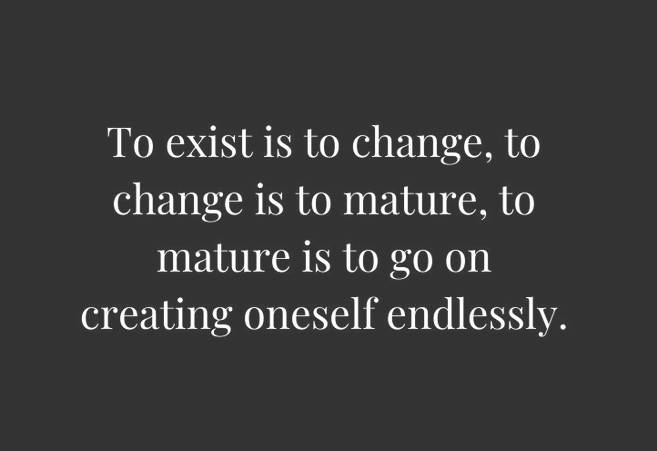
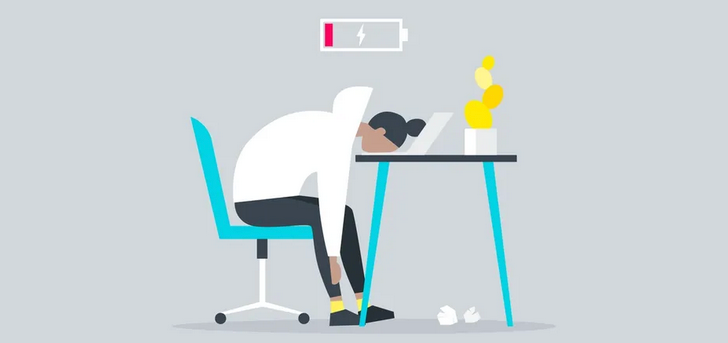
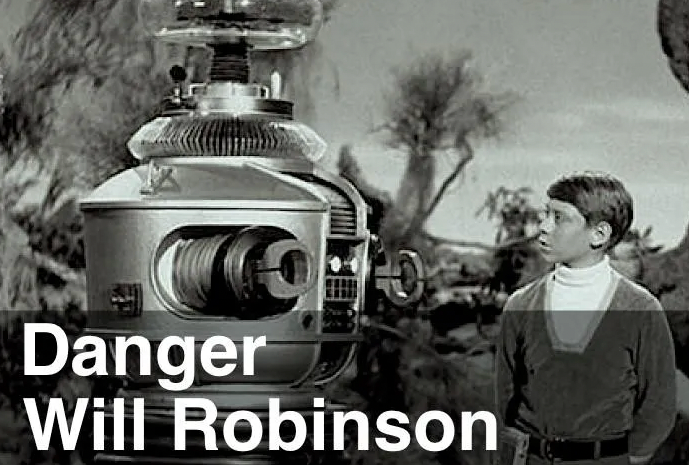
The Robots Aren't Coming ... They're Here. They've Been Here for a While. There's Just More of Them.
